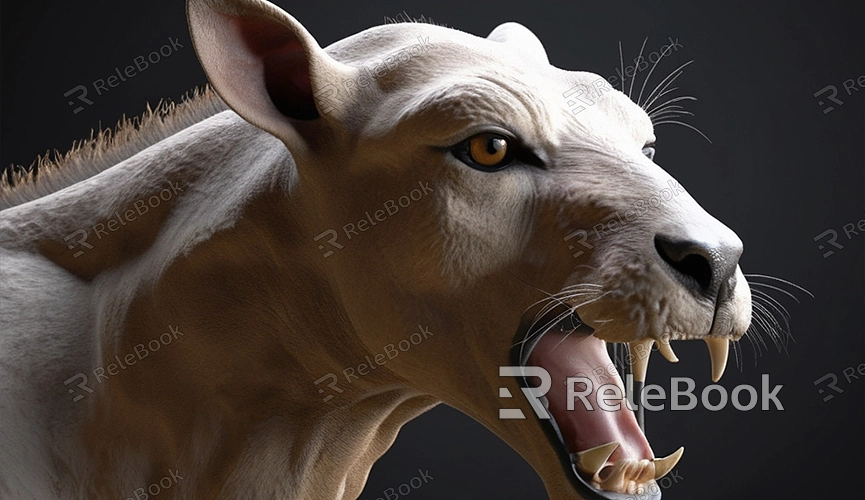How to Design 3D Models for Games
Designing 3D models for games is a creative and technically challenging task. Whether it's characters, environments, or props, each model must be meticulously crafted to ensure it looks great and performs well in the game. This article will discuss how to use Blender and other 3D modeling software to design 3D models that meet game requirements and share some practical tips.
Understand Game Requirements
Before starting the design process, it is crucial to understand the game's requirements. This includes the type of game, its style, and technical demands. For example, mobile games typically need low-poly models to ensure smooth performance, while next-gen console games can support more detailed models.

Initial Design and Conceptualization
Before diving into 3D modeling software, it's best to start with some initial design and conceptual work. This can be done through hand-drawn sketches or using drawing software like Photoshop. Clarifying the appearance of characters, the functionality of props, and the layout of scenes helps maintain a consistent direction during modeling.
Choose the Right Software
Blender is a very powerful open-source 3D modeling software suitable for various levels of model complexity. Besides Blender, Maya, 3ds Max, and ZBrush are also popular 3D modeling software. Choosing the right software based on your needs and habits can make the process more efficient.
Create Base Models
In Blender, you can use various basic geometric shapes like cubes, spheres, and cylinders to create the foundational shapes of your model. By scaling, moving, and rotating these geometries, you gradually shape the basic outline of the model.
Add Details and Optimize Topology
Once the base model is complete, you can start adding details. This includes refining the model’s shape and adding complex geometrical structures. During this process, optimizing the model's topology is crucial. Good topology ensures the model performs well during animation and rendering, avoiding unnecessary deformations and imperfections.
Use High-Quality Textures
Textures play a key role in enhancing the realism of the model. You can use Blender's UV Editor to unwrap the model and apply texture maps to its surface. If you need high-quality 3D textures and HDRI for creating models and virtual scenes, you can download them from Relebook. After downloading, you can directly import the textures and 3D models into Blender for use.
Materials and Shading
In Blender’s “Shader Editor,” you can create various material effects by adjusting material nodes. Using diffuse, normal, and bump maps can add detail and realism to the model. Additionally, using PBR (Physically Based Rendering) materials ensures that the model behaves consistently under different lighting conditions.
Optimize the Model
Models in games need to strike a balance between performance and aesthetics. Optimization involves reducing the polygon count, merging duplicate vertices and edges, and cleaning up unnecessary geometric structures. Ensure that the model retains sufficient detail without overburdening computational resources.
Rigging and Animation
For character models, rigging is essential. By adding bones inside the model, you can create various animations. In Blender, you can use the “Armature” tool to create bones and adjust their poses using “Pose Mode” to animate the model.
Export and Test
After completing the model design, export the model in a format supported by the game engine. Common formats include FBX, OBJ, and GLTF. Ensure that all necessary textures and animation information are included during export. Then, import the model into the game engine (such as Unity or Unreal Engine) to test its performance in the game.
Designing 3D models for games is a complex yet rewarding task that combines artistic creativity with technical skills. By following a reasonable design process and optimization techniques, you can create models that are both beautiful and efficient. If you need high-quality 3D textures and HDRI or 3D model downloads when creating models and virtual scenes, you can download them from Relebook. After downloading, you can directly import the textures and 3D models into your project, greatly improving your workflow efficiency and ensuring that your work reaches a higher level of quality.

